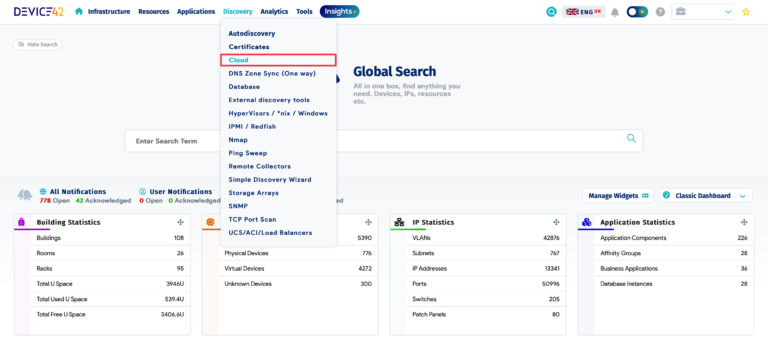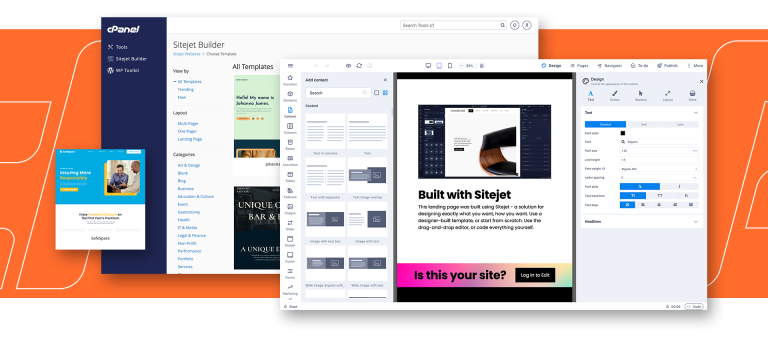Modern AI-powered recruiting platforms promise to remove friction from the hiring process. Companies like Eightfold, HireVue, Pymetrics, and Paradox are at the forefront of this shift.
We are only in the first chapter of AI-powered recruiting. What comes next will be written by the decisions we make today. Will we use these tools to empower people or reduce them to numbers? Will we demand fairness and accountability, or will we hide behind convenience and speed?
But every revolution comes with trade-offs. In this case, speed and automation are achieved at the cost of transparency. Applicants are often unaware they are being screened by algorithms. Rejection emails are automated, impersonal, and final. Appeals are rare, and explanations are almost nonexistent.
The Promise: AI as the Great Equalizer
Amazon learned this the hard way in 2018 when it had to scrap an AI recruiting tool that penalized candidates for including the word “women’s” in résumés. The model had trained on historical data, with data that reflected past hiring preferences and it internalized those biases. What looked like machine objectivity was actually human prejudice in disguise.
- Résumés are parsed in seconds
- Candidate scoring is based on predictive analytics and behavioral data
- Chatbots conduct real-time screenings while humans sleep
- Historical hiring data is used to predict culture fit and performance
It begins innocently enough.
The Tradeoff: Efficiency vs. Transparency
This means companies can no longer rely on third-party software without understanding how it works. They’ll need to document their hiring processes, audit their AI, and provide explainability when challenged. The era of “plug and play” recruitment tech may be drawing to a close.
Ultimately, hiring is not just a process. It is a human act of judgment, trust, and vision. Technology can support that but it cannot replace it. The algorithm will see you now. The question is, will it see you clearly?
Welcome to recruiting in the age of artificial intelligence, faster, cheaper, and remarkably efficient. But in our rush to innovate, we may be placing the future of hiring in the hands of systems that are not only misunderstood, but also difficult to challenge.
Hiring at Scale and the Illusion of Objectivity
A job seeker hits “Apply” on a company’s careers page. Somewhere, buried beneath a layer of stylized UI and friendly UX, an algorithm comes to life. It scans the resume, ranks it, sorts it, and without hesitation, either discards it or promotes it up the chain. There is no handshake. No glance. No gut instinct. Just code.
Forward-thinking organizations are finding a balance. They use AI to accelerate early screening, but introduce human judgment earlier in the funnel. They audit their algorithms, diversify training data, and insist on candidate feedback loops.
For enterprise HR departments inundated with applicants, this is a godsend. What used to take days now happens in minutes. Recruiters can now focus on the “top slice” of candidates rather than digging through hundreds of resumes. According to Gartner, 76 percent of HR leaders believe that failing to adopt AI in recruiting will lead to talent gaps in the near future.
The Candidate Experience: A Black Box
These systems offer consistency, but also risk reducing human potential to pattern matching. Algorithms are trained to look for signals such as keywords, experience levels, academic backgrounds and yet many of the best hires throughout history were outliers. People who changed paths, took risks, or didn’t tick every box. That kind of nuance is often lost when filtered through code.
This raises key ethical questions. Who programs the algorithm? On what basis are candidates evaluated? Are we simply baking in the biases of the past under the guise of technological progress?
Compliance and the Regulatory Horizon
For applicants, the experience can feel cold and one-sided. You submit your information, maybe answer a few chatbot questions, and then… silence. No feedback, no contact, just rejection or indifference. The process feels less like being evaluated by a person and more like being judged by a vending machine with opinions.
As AI grows more central to recruiting, regulation is catching up. New York City, for example, has introduced local laws requiring audits of automated employment decision tools. The European Union’s proposed AI Act may go further, classifying recruiting tools as “high risk” and subjecting them to strict compliance and transparency requirements.
What Smart Companies Are Doing
For global companies hiring thousands of employees a year, AI seems like the only viable path forward. Platforms like Paradox (maker of the AI assistant Olivia) are already being used by companies like McDonald’s, Unilever, and CVS to manage high-volume hiring.
In a Harvard Business Review study, 88 percent of surveyed employers admitted that qualified candidates were being filtered out by their own automated systems due to rigid parameters and keyword filtering.
This impersonal experience is not just inconvenient. It damages brand perception. According to CareerArc’s Future of Recruiting Study, 72 percent of candidates who have a negative experience will share it online or directly with friends. In a talent-scarce environment, that kind of reputational risk matters.
The Road Ahead
Some are even offering candidates the option to opt out of AI screening or request human review. This small gesture can go a long way in building trust and keeping talent pipelines healthy.
And others are investing in tools like Hiretual (now HireEZ), which help recruiters find passive talent while providing transparency in how candidates are sourced and ranked.
By Gary Bernstein





